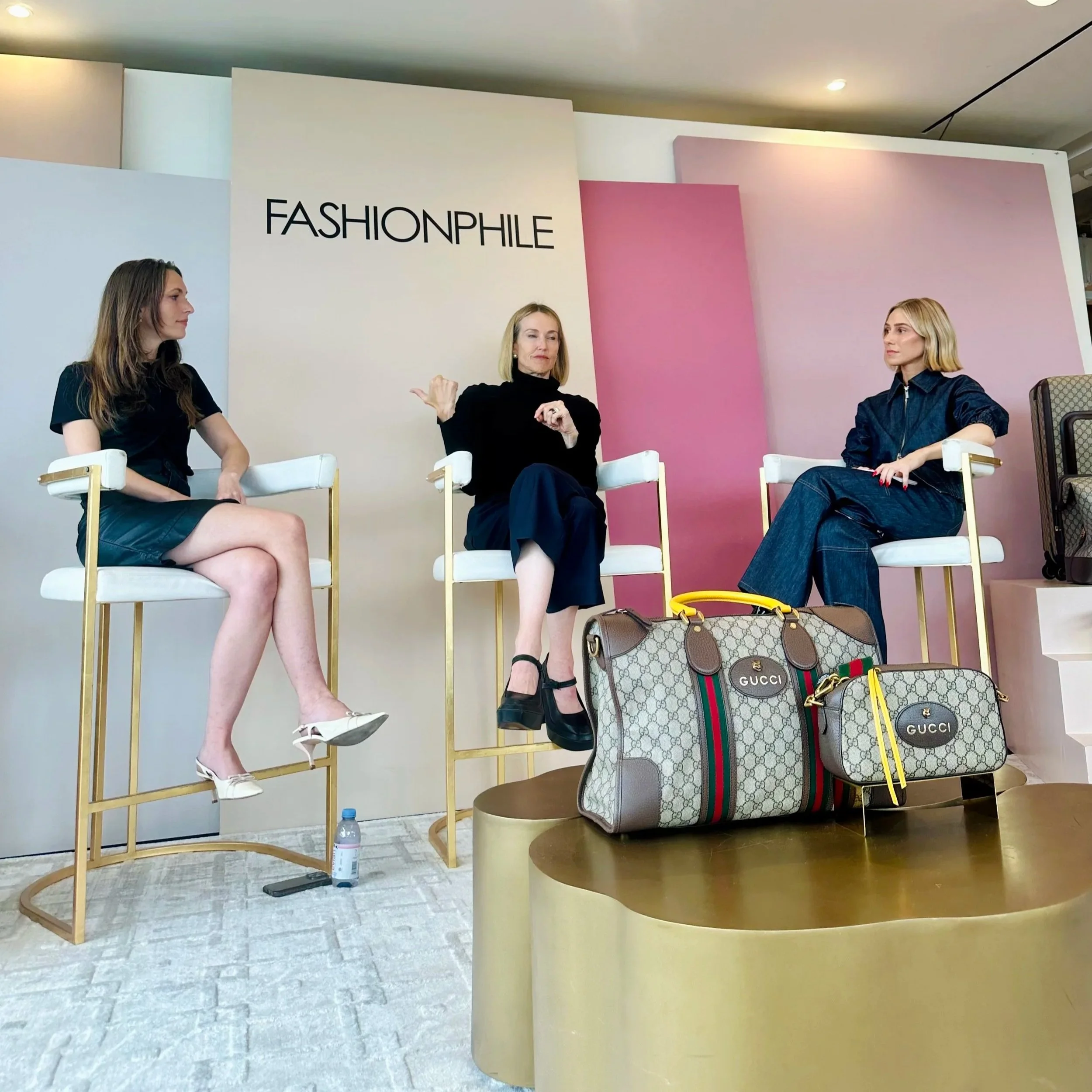Secondhand Style: How Resale Is Redefining the Future of Fashion
The rise of resale
As sustainability, value, and authenticity grow in importance, resale is becoming a dominant force in modern retail - and brands that embrace it will be the ones that stay relevant.
I’ve always been drawn to fashion - not just the trends or the labels, but the craftsmanship, texture, and storytelling behind each piece. My background is in textiles - and I’ve always appreciated how garments are made, how they feel, and the life they take on once they leave the store. Over the years my relationship with fashion has changed. Like many consumers, I’ve become more thoughtful about what I buy, why I buy it, and what happens to it next.
That’s why the rise of resale feels so exciting. What used to be seen as an alternative to traditional retail has evolved into one of the most dynamic and fast-growing parts of the industry. It’s not just about thrifting for deals anymore; it’s about redefining value, sustainability, and accessibility in luxury.
Luxury that feels real, lived-in, and human
Earlier this year we had the opportunity to work with MODE, a local resale boutique that’s elevating what consignment looks and feels like. Our team led the website re-design and brand design, helping bring their brand vision to life - one built around approachable luxury, community, and sustainability. I’ve been a customer and consignor at MODE since 2014 so when we had the opportunity to build their website it was simply kismet.
What stands out to me most about MODE is how they’ve turned consignment into an experience. Stepping into their store feels like entering a space where every item has a story - a Chanel bag that’s been loved and cared for, a timeless Vince coat, a pair of Jimmy Choos that finally find their next night out. It’s luxury that feels real, lived-in, and human.
Last year at the Fast Company Innovation Festival, I attended a session hosted by Fashionphile called “From Fashion Statements to Financial Gains: Unlocking the Investment Potential of Luxury Goods.” The conversation explored something I’ve always found intriguing - that in some cases, a luxury purchase isn’t just an indulgence, it’s an investment. Certain designer pieces, when chosen carefully and cared for thoughtfully, can actually appreciate in value over time. It’s not the kind of return that happens overnight - it takes knowledge, research, and a deep understanding of the market - but it’s proof that fashion can be both emotional and intelligent.
It’s about continuity
From a marketing perspective, the resale market is fascinating. It’s a mirror reflecting what consumers truly value - quality, longevity, and authenticity. The resale boom has also given brands new ways to stay relevant. When designer pieces hold their value in the secondary market, it reinforces their craftsmanship and desirability. And when younger shoppers discover a luxury brand through resale, it often becomes the first step in a long-term relationship with that label.
This circular model - where fashion moves between owners rather than ending up forgotten - is reshaping how we think about consumption. It’s sustainability in action, and it’s smart business. Resale gives consumers access to luxury at a fraction of the cost, while allowing sellers to recoup value on items they no longer use. Everyone wins.
To me, the most exciting part of all of this is how personal it feels. Shopping secondhand invites discovery, nostalgia, and connection - you never know what you’ll find, but when you do, it feels meant to be. And for brands, it’s an opportunity to tell richer, more meaningful stories about heritage, craft, and care.
Fashion has always been about expression, but resale adds another layer - it’s about continuity. Each garment carries the stories of those who’ve worn it before, and the promise of someone new to come. In that way, secondhand fashion isn’t just a market trend - it’s a movement toward something more intentional, sustainable, and ultimately, human.


